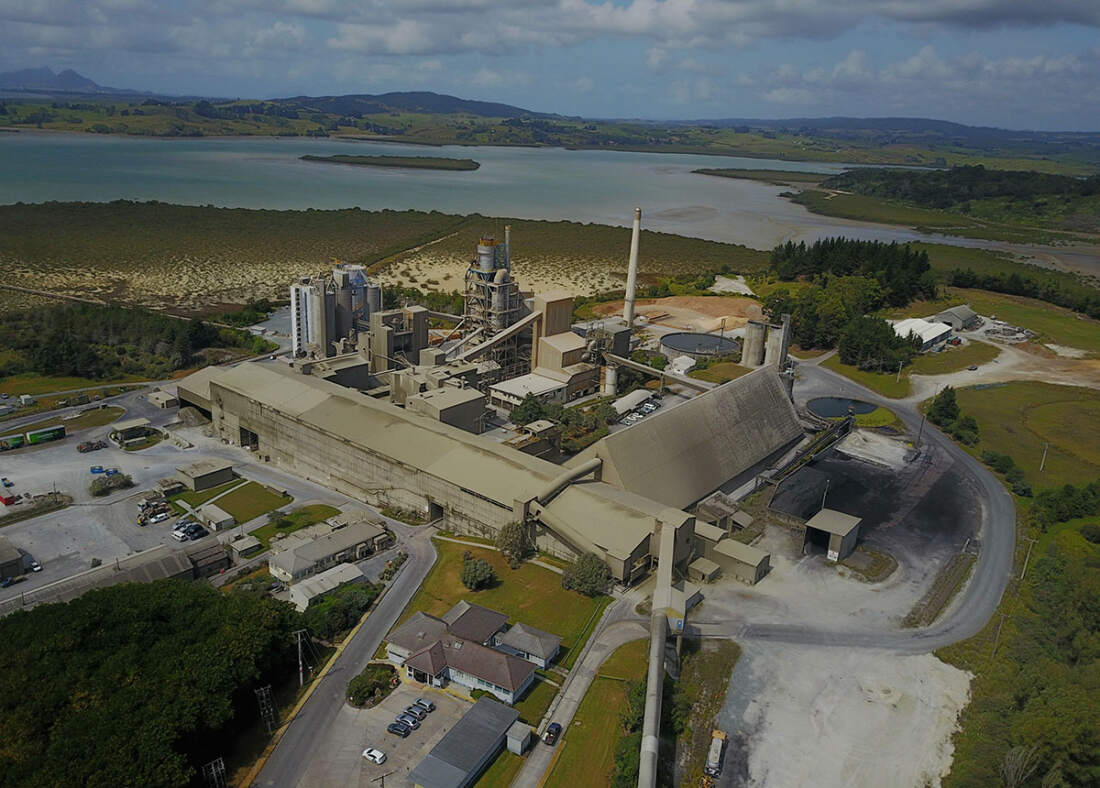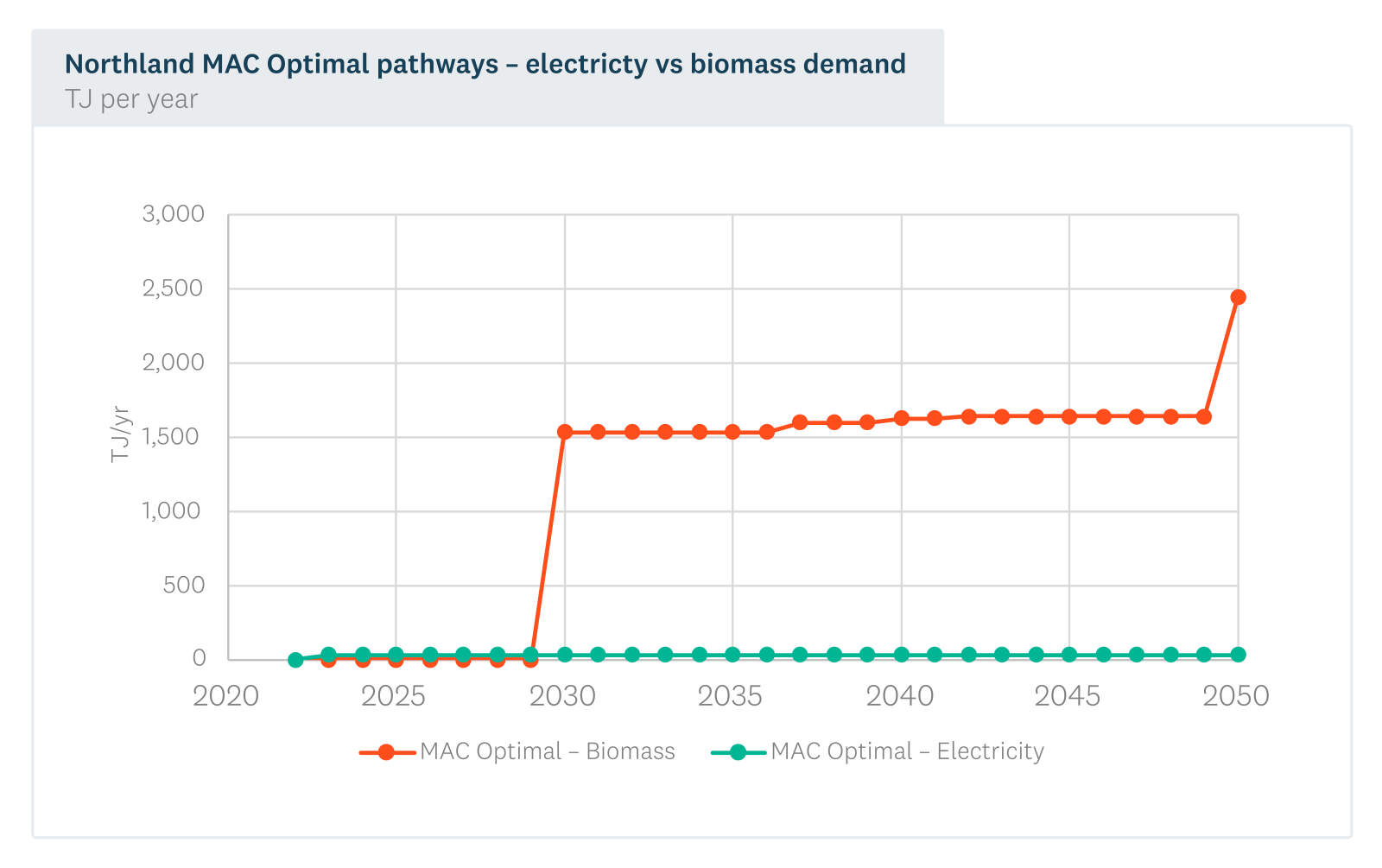Benefits for Northland
A Northland specific decarbonisation pathway will enable:
- a full view of biomass resource availability, the potential volumes, costs and future demand for bioenergy
- early insights for decision makers to improve efficiency and future proof infrastructure investments
- coordinating of infrastructure and streamlining of electricity demand for the future
- best use of information sharing to encourage demand flexibility through collaboration
About the Northland RETA
A total of 18 sites – spanning the dairy, industrial and commercial sectors are covered by the Northland RETA. These sites either have process heat equipment larger than 500kW or are sites for which EECA has detailed information about their decarbonisation pathway. Collectively, these sites consume 4,471TJ of process heat energy, primarily from coal, and currently produce 262kt per year of CO2e emissions. RETA aims to eliminate as much of these process heat emissions as possible.
The focus of the Northland report – the culmination of phase one of the RETA programme, is the fuel switching decision and the key role demand reduction plays in enabling fuel switching. Both biomass and electricity are considered as potential fuel sources.
RETA also recognises the importance of demand reduction and thermal efficiency measures for reducing energy consumption and right sizing the boiler investment, which in turn affects decision-making around fuel switching.
The report illustrates a range of decarbonisation pathways, all of which demonstrate how the combined decisions of a range of process heat users may lead to common infrastructure challenges and opportunities from a supply perspective. Across the 18 sites, there are 31 individual projects across demand reduction, heat pumps and fuel switching. The 'MAC Optimal' pathway sees fuel decisions that result in 1% of the energy needs supplied by electricity and 99% supplied by biomass in 2037.
Insights explored in the Northland report:
- The role demand reduction and heat pumps play in the fuel switching decision and infrastructure investment.
- Security of electricity supply and the impact of different pathway scenarios on electricity demand.
- Timeframes for decarbonisation under different pathway scenarios, that is:
The ‘BAU’ decarbonisation pathway, which uses actual project timing or 2050 where unavailable, is the slowest decarbonisation path.
The ‘MAC’ optimal pathway suggests 57% of emission reduction projects can be cost neutral prior to 2037.
- The significant potential of biomass as part of the local mix and the work needed to be undertaken with forest owners to understand the logistics, space and equipment needed for harvesting residues.
- The role for infrastructure to play in enabling the transition to renewables and possibly bringing it forward.
- The optimisation of infrastructure investment, capacity, and timing.
Read the report
Download the Northland RETA report and discover the regional benefits of decarbonisation.
Read the summary report [PDF, 2.8 MB]
Spare Electrical Capacity and Load Characteristics [PDF, 9.8 MB]
The availability of biofuel is expected to be higher than the anticipated demand, highlighting the potential for Northland to use biomass locally and export it to neighbouring regions.
Next steps
Achieving energy efficiency and fuel switching at scale requires good information, at the right time and alongside strong regional collaboration
Email RETA@eeca.govt.nz or Oliver.Howitt@eeca.govt.nz with any questions.
Wayfinder
-
Co-funding opportunities
-
Explore other regions
-
Explore the RETA tool


